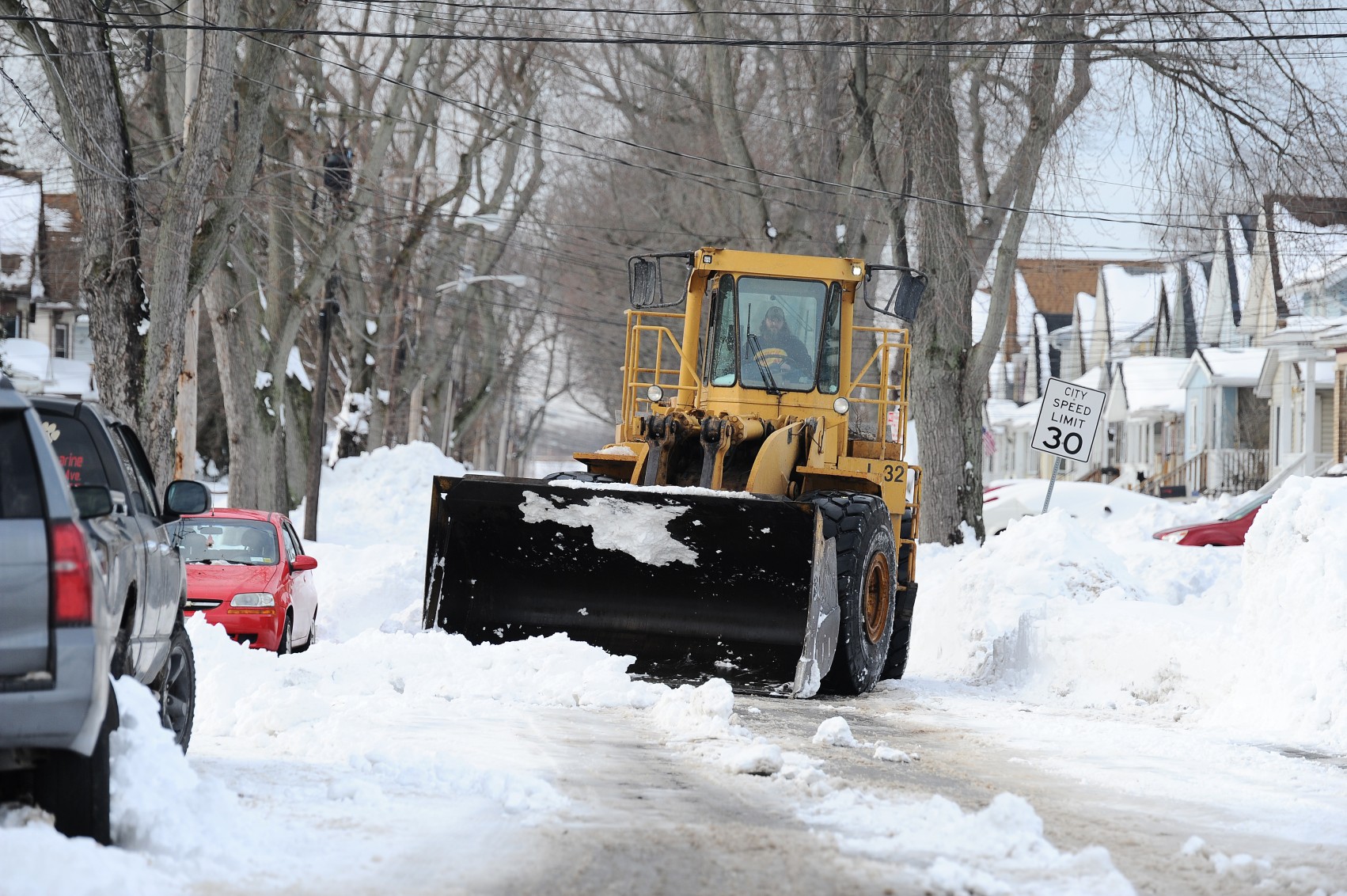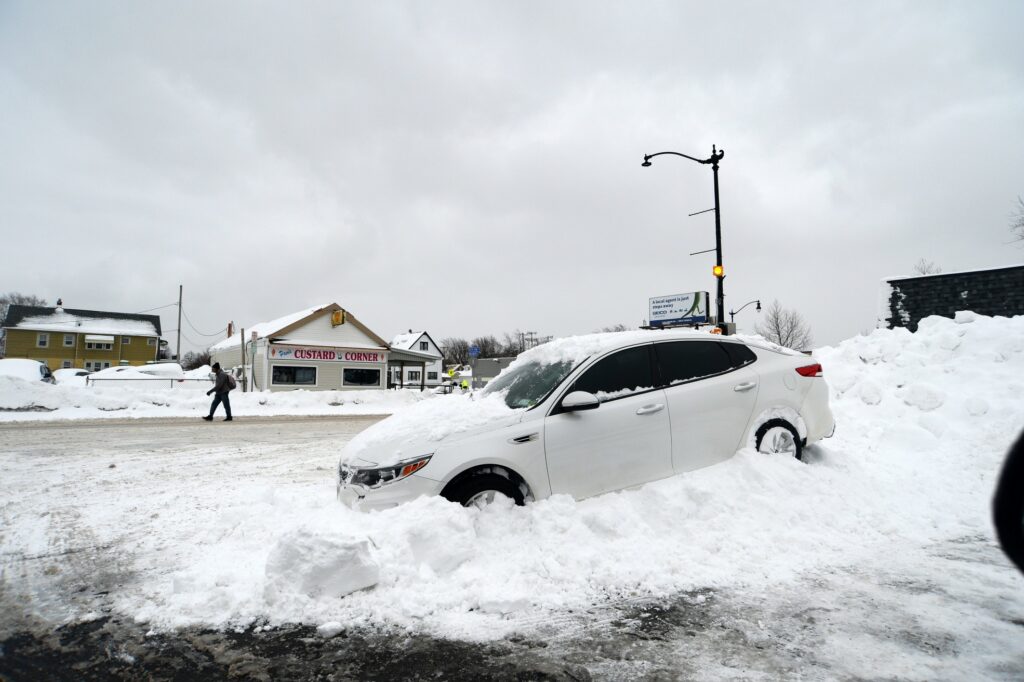
Heavy Rain, Flooding, and Chance of Severe Weather Staring Down the Southern U.S.
January 22, 2024
Posted: December 28, 2022 9:52 pm





The death toll attributed to last week’s monster winter storm continues to rise and is now sitting at 59 fatalities. Millions of Americans were impacted by the subzero temperatures, massive amounts of snow, and widespread power outages. One week later and the storm is still impacting the region with its ripple effects, particularly as it comes to travel.
Buffalo saw the worst of the storm when the lake effect snow machine fired up and paired with hurricane-force winds in the days before Christmas. Local officials have confirmed that 34 of the storm’s deaths were reported in Erie County, New York, including the Buffalo metropolitan area.
Erie County Executive Mark Poloncarz said that at least 17 of the fatalities were found outside. Poloncarz said that the death toll is expected to inch higher as search and rescue crews continue to find more bodies. Some of the other causes of death attributed to the storm include being stuck in stranded vehicles, cardiac events that stemmed from snow-blowing, and the inability of EMS services to reach those in need of immediate medical attention.
The 2022 winter storm will undoubtedly make it into the history books as one of the region’s deadliest storms. While the moisture began falling as rain in Buffalo, the precipitation quickly turned to snow as the blast of Arctic air rushed into the area.
By Tuesday, Erie County was covered in more than 4 feet of snow. According to the National Weather Service (NWS) office in Buffalo, Buffalo Niagara International Airport recorded 51.5 inches of snow through Tuesday. 22.3 of these inches fell on Friday alone at the start of the storm.
Buffalo reached the 100-inch mark for total snow this season on Monday. In contrast, the city had only seen 10.7 inches of snow by this time last year. The 100 inches is also more than the city’s average of 95.4 inches for the entirety of the winter season.

Although the Buffalo airport finally reopened for business on Wednesday morning, operations have been slow to pick up. Crews were sent in from Pittsburgh International Airport to help in the cleanup efforts on the runways.
Buffalo was not the only part of the country that is still recovering from the bomb cyclone of Christmas weekend. The storm delivered subzero temperatures and damaging winds to a large part of the nation stretching from the Plains through the East Coast. In fact, approximately 60% of all Americans were under some type of winter weather advisory or warning during the course of the ferocious invasion.
Denver was one of the first major cities to experience the dramatic shift in the weather. The mercury dropped nearly 40 degrees in less than an hour in the Mile High City on Wednesday afternoon. The preliminary data from Denver International Airport indicates that this would be the largest one-hour drop of the temperature at the recording station.
Cheyenne, Wyoming, also saw the largest one-hour temperature drop in recorded history on the same day when the mercury fell from 43 degrees down to 3 degrees in only 30 minutes. The conditions were made even worse by the strong winds that came in on the front of the storm, bringing real feel readings down to life-threatening levels. For instance, real feel temperatures hit as low as 46 degrees below zero in Chicago.
In addition to the 34 confirmed deaths in Erie County, New York, there were fatalities reported in Kansas, Missouri, Kentucky, and Wisconsin. Causes of the deaths included vehicular accidents and a deadly fire at a camp for the homeless.
The wind and ice also created widespread power outages across the nation. There were 6.3 million customers left in the dark over the course of the storm. Power companies were forced to institute rolling blackouts as a preventative measure in some areas as they struggled to keep up with the increase in energy demand due to the subzero conditions.
The storm could not have hit at a worse time as travelers took to the skies and the roads in advance of the holiday weekend. Thousands of flights were cancelled or delayed. The airline industry is still catching up with the demand with travelers with Southwest Airlines hit particularly hard by the cancellations.
Flight cancellations on Tuesday eclipsed the 5,000 mark with another 20,000 delays. Air travelers are also dealing with thousands of pieces of lost luggage as the cancellations mount. As of mid-day Wednesday, FlightAware was reporting another 4,000 cancellations with this number sure to rise.
The subfreezing air also triggered water line breaks throughout the South, an area not accustomed to this type of weather. Officials in Jackson, Mississippi ordered a boil water notice because of a lack of pressure.
Forecasters are calling for milder weather to move into the eastern U.S. by the end of the week, just in time for the New Year’s holiday. The central U.S. began seeing the warmer temperatures on Wednesday with the mild conditions expected to hit the Ohio Valley by Thursday and the East Coast by Friday.
Did you find this content useful? Feel free to bookmark or to post to your timeline for reference later.

January 21, 2024

January 19, 2024

January 18, 2024